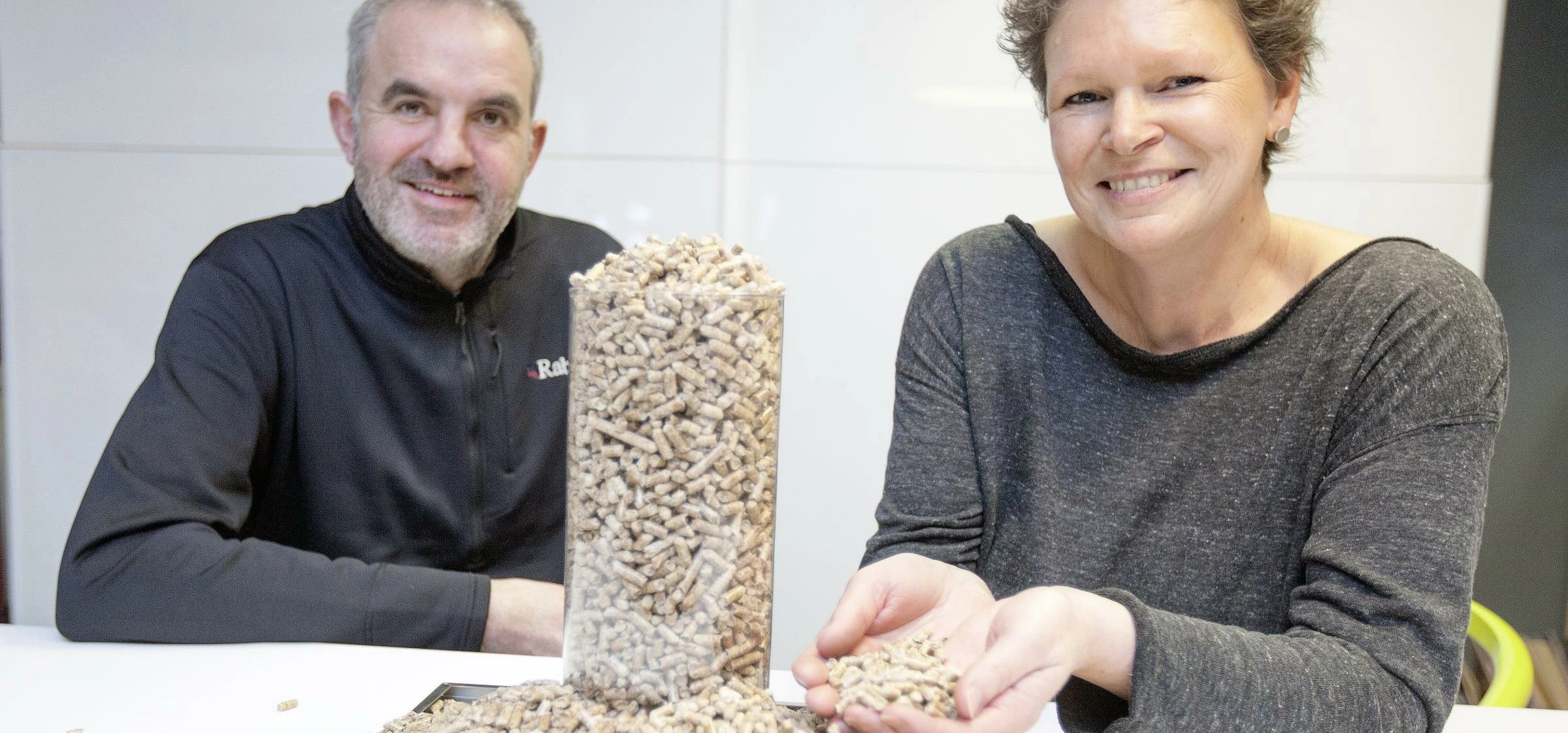
Partner Article
Top tips for running your renewables
The boiler is in, the house is toasty and it’s time to start reaping the rewards of sustainable living with a new biomass energy system. But stop – every responsible installer should give the following heads-up to their customers, says Michael Wright, of Yorkshire Heat Pumps, the renewables expert based near Harrogate in North Yorkshire.
Plan pellet deliveries Monitor the fuel levels in the pellet store and order in good time to avoid running out - especially in cold weather. We’ve heard of customers having to wait a few days for blown deliveries at peak times.
Storing bagged pellets Bagged pellets are cheaper bought in bulk but if you buy a pallet (96 bags or just under a tonne) you need somewhere dry to store them; ideally not far from the boiler so you don’t have to lug them too far. Most deliveries will be left curbside with customers expected to move the bags into the store.
Take care if you shop around on price From October 2015 pellets must be sourced from a supplier that meets RHI scheme sustainability criteria and evidence of this may be required. Check if the supplier has accreditation by searching on the Biomass Suppliers List. Watch out though as a supplier on this list might also sell cheaper fuels without an accreditation number.
Plan your routine maintenance The display on the boiler will indicate when the ash can needs emptying or the boiler needs cleaning. While emptying the ash can is a simple task and can be done at any time, the boiler needs to be turned off and cooled before you start cleaning. Ideally avoid doing this at a time of peak heat demand or when it’s cold outside.
Be ready for some mess Cleaning involves getting rid of dirt and residues that build up inside the boiler and can be a little bit messy. Some customers consider getting a high temperature vacuum cleaner to make the process as quick and easy as possible.
Be aware of your long-term obligations Remember to check the life of the carbon monoxide alarm - most models last seven or 10 years and the renewal date is usually displayed on the alarm.
And for a non-domestic installation:
Schedule your meter readings With a narrow window of just one week to submit your quarterly meter reading, set a calendar alert and arrange for someone else to take and submit the reading if you are going to be away. Given these meter readings have to be submitted for 20 years you’ll need a long range calendar!
Plan re-calibrating your meter Most heat meter models need re-calibrating every 10 years. Check when it is due and plan the re-calibration carefully, as it will need to be removed and sent off to the manufacturer or other calibration body and need reinstating ahead of the next meter reading.
This was posted in Bdaily's Members' News section by Yorkshire Heat Pumps .
Enjoy the read? Get Bdaily delivered.
Sign up to receive our popular Yorkshire & The Humber morning email for free.








 We don’t talk about money stress enough
We don’t talk about money stress enough
 A year of resilience, growth and collaboration
A year of resilience, growth and collaboration
 Apprenticeships: Lower standards risk safety
Apprenticeships: Lower standards risk safety
 Keeping it reel: Creating video in an authenticity era
Keeping it reel: Creating video in an authenticity era
 Budget: Creating a more vibrant market economy
Budget: Creating a more vibrant market economy
 Celebrating excellence and community support
Celebrating excellence and community support
 The value of nurturing homegrown innovation
The value of nurturing homegrown innovation
 A dynamic, fair and innovative economy
A dynamic, fair and innovative economy
 Navigating the property investment market
Navigating the property investment market
 Have stock markets peaked? Tune out the noise
Have stock markets peaked? Tune out the noise
 Will the Employment Rights Bill cost too much?
Will the Employment Rights Bill cost too much?
 A game-changing move for digital-first innovators
A game-changing move for digital-first innovators